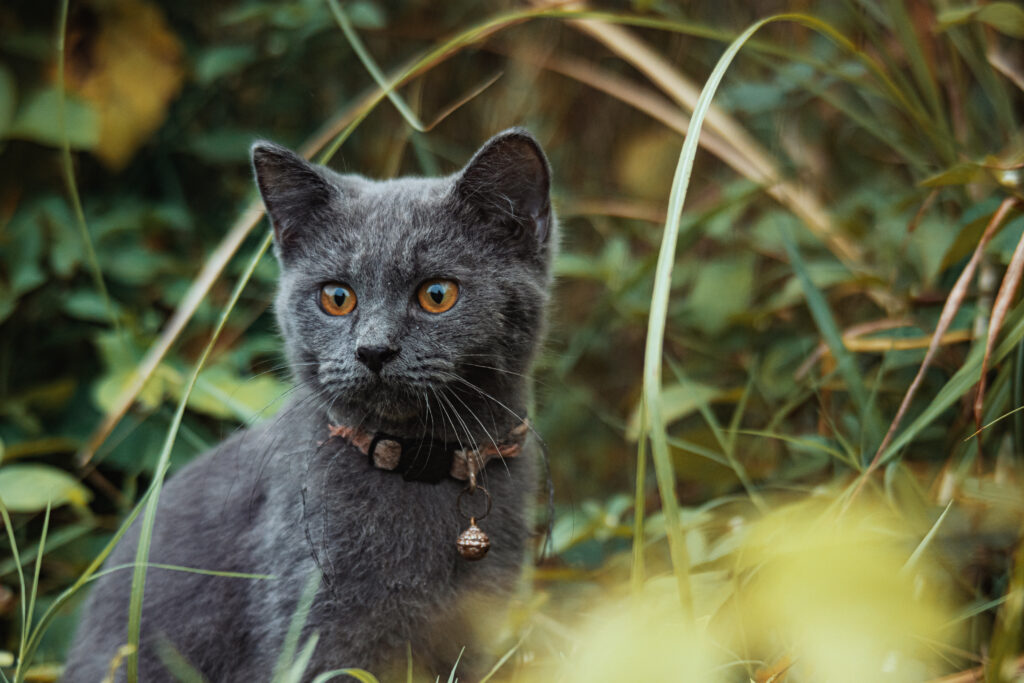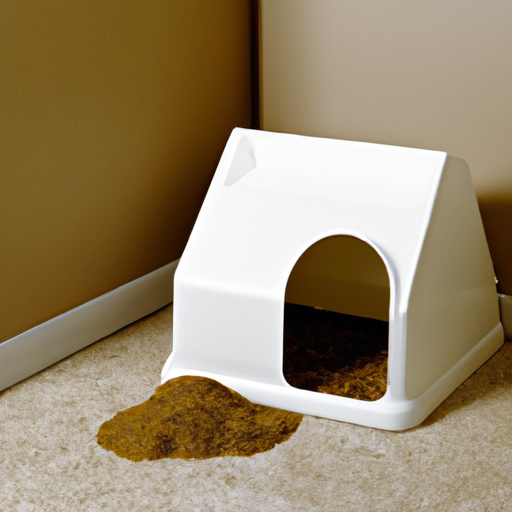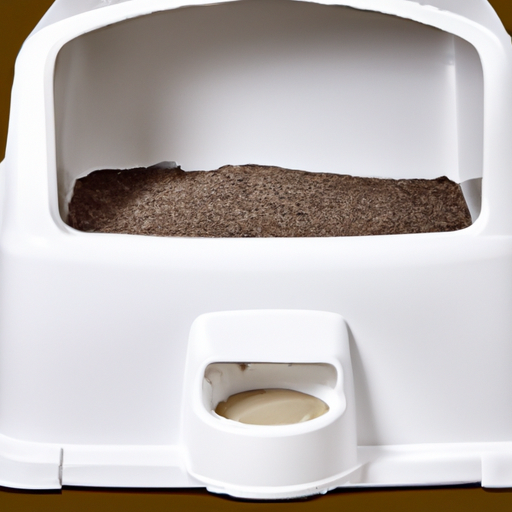The Complete Guide To Litter Box Success For Your Cat
In “The Complete Guide To Litter Box Success For Your Cat,” you will find all the essential information you need to ensure your cat’s litter box experience is a success. This comprehensive guide provides expert tips and practical advice on topics such as choosing the right litter box, teaching your cat to use it, and solving common litter box problems. Whether you are a new cat owner or looking to improve your existing setup, this guide is your go-to resource for creating a clean and comfortable litter box environment that your cat will love.

This image is property of images.pexels.com.
Click here to Understand & Speak With Your Cat!
1. Choosing the Right Litter Box
When it comes to choosing the right litter box for your feline friend, there are a few factors to consider. First and foremost, you need to think about the size and accessibility of the litter box. Your cat should have enough space to comfortably move around and dig in the litter. Additionally, make sure the sides of the litter box are not too high, especially if you have a senior cat or a kitten. This will make it easier for them to enter and exit the litter box without any difficulty.
Another important aspect to consider is the type of litter box. There are various options available, including covered, uncovered, and self-cleaning litter boxes. Covered litter boxes provide more privacy for your cat, while uncovered ones are easier to clean and maintain. Self-cleaning litter boxes are a great option for busy pet owners as they automatically scoop the waste, keeping the litter box clean.
In multi-cat households, it’s vital to have multiple litter boxes. As a general rule of thumb, you should have one litter box per cat, plus an extra one. This will prevent any territorial disputes and give each cat their own designated space.
2. Selecting the Right Litter
Choosing the right litter for your cat is equally important. You have a couple of options to consider: clumping and non-clumping litter. Clumping litter forms clumps when it comes into contact with urine, making it easier to scoop and clean. Non-clumping litter, on the other hand, doesn’t clump and may require more frequent complete litter box cleaning.
The scent of the litter is another consideration. Some cats may be sensitive to strong scents, so unscented litter is a safer option. However, if you prefer a pleasant aroma in your home, scented litter can help mask odors.
For those looking for more natural and eco-friendly options, there are litters made from materials such as corn, wheat, or recycled paper. These litters are biodegradable and better for the environment.
To find the litter your cat prefers, it’s a good idea to test out different types. Some cats have their preferences, and finding the litter that suits them will ensure they are more likely to use the litter box consistently.

This image is property of images.pexels.com.
Click here to Understand & Speak With Your Cat!
3. Litter Box Placement
The location of the litter box plays a crucial role in your cat’s litter box success. Choose a quiet and private area of your home where your cat can have some privacy while using the litter box. Avoid placing the litter box in high-traffic areas, where your cat may feel disturbed or anxious.
It’s also important to steer clear of areas with loud noises that could potentially startle or scare your cat. A calm and peaceful environment is essential for your cat to feel comfortable and confident when using the litter box.
Consider the accessibility of the litter box, especially if you have an older or injured cat. Make sure the litter box is easily accessible, with low sides and a clear path leading to it. This will make it easier for your cat to enter and exit without any discomfort or difficulty.
4. Introducing Your Cat to the Litter Box
Introducing your cat to the litter box is a crucial step in ensuring their litter box success. Start by confining your cat to a small space, such as a bathroom or a single room, with their litter box, food, and water. This will help them become familiar with the litter box and establish a routine.
When your cat shows signs of needing to go to the bathroom, gently place them in the litter box. Use their paw to dig in the litter, demonstrating the proper use of the litter box. Most cats have an inherent instinct to bury their waste, so they may catch on quickly.
To reinforce positive behavior, provide treats or praises when your cat uses the litter box correctly. This positive reinforcement encourages them to continue using the litter box and reinforces the idea that the litter box is a safe and appropriate place for bathroom activities.

This image is property of images.pexels.com.
Click here to Understand & Speak With Your Cat!
5. Regular Cleaning and Maintenance
Regular cleaning and maintenance are essential to ensure a clean and odor-free litter box environment. Scooping the litter box daily is a necessary task. Remove any clumps or solid waste and dispose of them in a sealed bag. This will keep the litter box clean and prevent any unpleasant odors from developing.
Complete litter box cleaning should also be done regularly. Empty the entire contents of the litter box, clean it thoroughly with mild soap and water, and refill it with fresh litter. This deep clean helps maintain hygiene and ensures a comfortable and inviting space for your cat.
Keep track of litter box odors. If you notice any strong or unusual smells, it may be an indication of a dirty litter box or underlying health issues in your cat. Regularly monitoring the smells can help you detect any potential concerns early on.
Establishing a litter box schedule can also be helpful. Cats are creatures of habit, and having a consistent routine will make them more comfortable and relaxed. Stick to the same cleaning and maintenance schedule to provide a sense of stability for your cat.
6. Dealing with Litter Box Problems
Litter box problems can arise for various reasons, and it’s important to identify the root cause to address the issue effectively. Potential causes for litter box problems include medical issues, anxiety, aversion to the litter or litter box, or a change in the environment.
If your cat is experiencing anxiety or aversion to the litter box, try to create a more positive association. Offer treats, praise, or playtime near the litter box to gradually build their confidence and make them feel more comfortable. It may also be helpful to consult with a veterinarian or animal behaviorist for guidance and support.
When dealing with litter box problems, it’s crucial to rule out any underlying medical issues. Cats may avoid the litter box if they are experiencing pain or discomfort while urinating. If you suspect a medical problem, consult with your veterinarian for a thorough examination and appropriate treatment.

Click here to Understand & Speak With Your Cat!
7. Litter Box Hygiene and Health
Maintaining good litter box hygiene is key to your cat’s overall health and well-being. Regularly washing your hands after handling the litter box helps prevent the spread of bacteria and reduces the risk of infections.
Monitoring your cat’s litter box usage and behavior can provide valuable insights into their health. Changes in litter box habits, such as frequent or painful urination, straining, or blood in the urine, may indicate underlying medical issues. Pay attention to any unusual behaviors or signs that something may be amiss and consult with your veterinarian promptly.
Schedule regular veterinary check-ups to ensure your cat’s health is monitored and any potential issues are addressed promptly. Your veterinarian can provide guidance on proper litter box hygiene and offer advice tailored to your cat’s specific needs.
8. Training Kittens to Use the Litter Box
Training kittens to use the litter box is an important part of their development. Start by placing the kitten in the litter box after meals, playtime, and naps, as they are more likely to need to eliminate after these activities.
Use a shallow litter box for kittens, as it will be easier for them to climb in and out. Fill the box with a small amount of litter initially and gradually increase the amount as they grow.
Be patient and consistent during the training process. Kittens learn by repetition, so gentle reminders and positive reinforcement will help them understand what is expected of them. Reward them with treats or praises when they use the litter box correctly to encourage good litter box habits.
Encourage play and exploration around the litter box area. This will help kittens associate the litter box with positive experiences and increase their comfort level with using it.

Click here to Understand & Speak With Your Cat!
9. Traveling with Your Cat and the Litter Box
Traveling with your cat requires some additional planning, especially when it comes to their litter box needs. Prepare a portable litter box specifically for travel. It can be a disposable litter box or a small, easily transportable one. Make sure to pack enough litter to last for the duration of your trip.
Prior to traveling, acclimate your cat to travel essentials such as a carrier and harness, so they feel comfortable and secure during the journey. Maintaining a familiar litter box routine, even while traveling, will help reduce stress and anxiety for your cat.
During road trips, make frequent stops to allow your cat to stretch their legs and use the litter box. For longer journeys, consider booking pet-friendly accommodations that provide designated litter box areas or allow you to set up a litter box in your room.
10. Alternative Litter Box Solutions
If you’re exploring alternative litter box solutions, there are a few options to consider. Some cats may prefer litter boxes with higher sides or those with a top-entry design that provides extra privacy. These can help prevent litter scatter and give your cat a sense of security.
Automatic and self-cleaning litter boxes are popular choices for those looking for convenience. These litter boxes automatically scoop the waste, reducing the need for daily scooping. However, it’s important to note that some cats may be sensitive to the noise or movement of these types of litter boxes, so it’s best to gradually introduce them.
For those seeking a more aesthetically pleasing option, litter box furniture can be a great choice. These pieces of furniture are designed to camouflage the litter box and blend seamlessly with your home decor.
In conclusion, ensuring litter box success for your cat involves choosing the right litter box and litter, placing it in an optimal location, and introducing your cat to the litter box in a positive way. Regular cleaning and maintenance, addressing any litter box problems, promoting good hygiene and health, and training kittens early on are all crucial steps. Traveling with your cat requires some additional planning, and there are alternative litter box solutions available for those looking for convenience or aesthetics. By following these guidelines, you’ll be well on your way to creating a clean and comfortable litter box environment that your cat will love.









